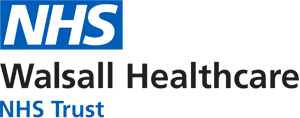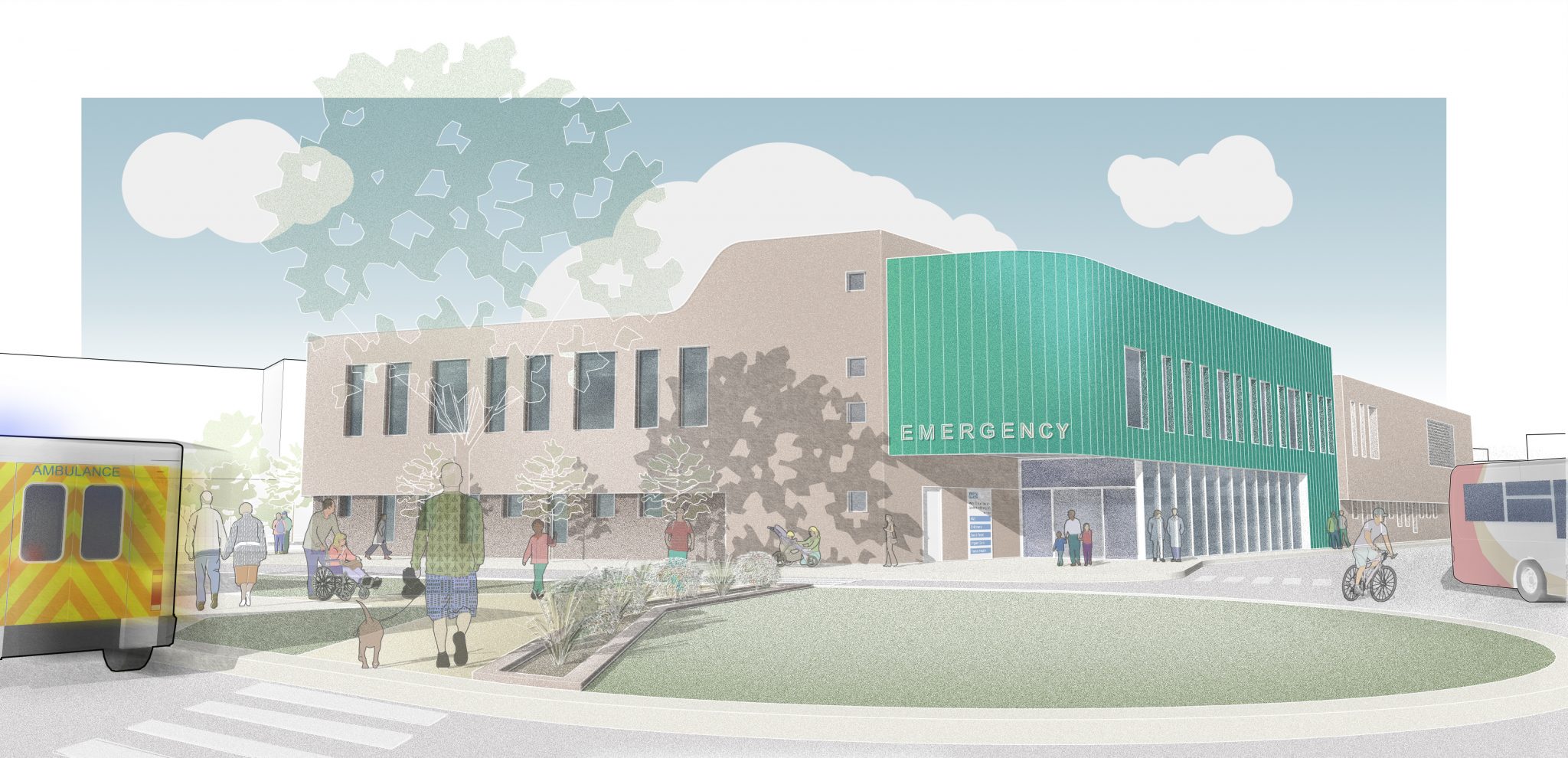A potential layout for the new £36m Emergency Department and Acute Medical Unit at Walsall Manor Hospital is currently being drawn up following workshops with service users.
Interserve Construction has been appointed to build the new development and it will replace the current building whose physical environment struggles to meet increasing patient flow demands. A full business case is being developed for the Trust, CCG and NHS England/Improvement approval and surveys, including a nocturnal bat survey, have been carried out with the building scheduled to be ready to use in 2022.
The Capital Build itself will incorporate a new Emergency Department with “front door” access to a new Urgent Treatment Centre and Paediatric Assessment Unit within it. The first floor will then provide a new Acute Medical Unit along with a Medical Ambulatory Emergency Care Unit, within the refurbished existing Emergency Department footprint.
Walsall Healthcare’s clinical teams have been working with Interserve to define the new ways of working that will represent evidence-based Best Practice and high standards of care to patients so that the building can meet these needs.
In January all the services that are involved – including the Frailty Service, Palliative and End of Life Care, Pharmacy and Infection Prevention and Control – signed off their clinical models which have been used to define the initial layout and architectural drawings.
Colleagues from the Emergency Department, Patient Experience Team, Interserve project Team and BDP Architects joined patients, carers, service users, volunteers and stakeholders to take part in a workshop earlier this year to pool their expertise to deliver more effective and sustainable outcomes and an improved experience for all involved.
The session was opened by Miss Ruchi Joshi, Clinical Director and those taking part took part in discussions, used interactive Virtual Reality and visual exercises to help shape the ideal patient experience.
Miss Joshi said: “We looked at all aspects of the patient’s journey from arrival and waiting to treatment and care, taking on board communication and information, the actual environment and all the factors that influence how we make our patients and their families feel.
“We want to thank everyone who took part and helped us enjoy an enthusiastic and lively session with plenty of food for thought in terms of feedback. People told us they’d prefer to see calming colour palettes moving away from a clinical look, audio and visual privacy with consideration to visually impaired visitors and those with hearing impairments, and soft furnishing for sound absorption to name just a few suggestions.
“This co-production and co-design model will be continued over the lifespan of the project with patients, carers, ‘staff as service users’ and different groups from the community getting involved at specific phases of the planning and building work.
“This is a tremendously exciting time for our trust as we work in partnership to deliver a brand new department that is fit for purpose for many generations to come.”
Ned Hobbs, the trust’s Chief Operating Officer and Lead Director for Estates, added: “I’d like to thank staff for all their work to progress this important project despite the significant challenges of Covid-19.
“It is a much-needed improvement and, through utilising different ways of working during the pandemic, we’ve been able to keep our focus on this vital addition to our hospital estate. The development will improve services for our emergency care patients, and will improve the working environment for our staff and itis a crucial part of delivering our ambition to be Outstanding by 2022.”
Richard Myatt, Senior Project Manager leading the project team for Interserve Construction, said: “As part of our ongoing partnership with Walsall Healthcare NHS Trust, our team have been working hard to understand the requirements of all the stakeholders in this new project.
“We look forward to starting the programme of works early next year to deliver an emergency department that is fit for the future of the trust.”

